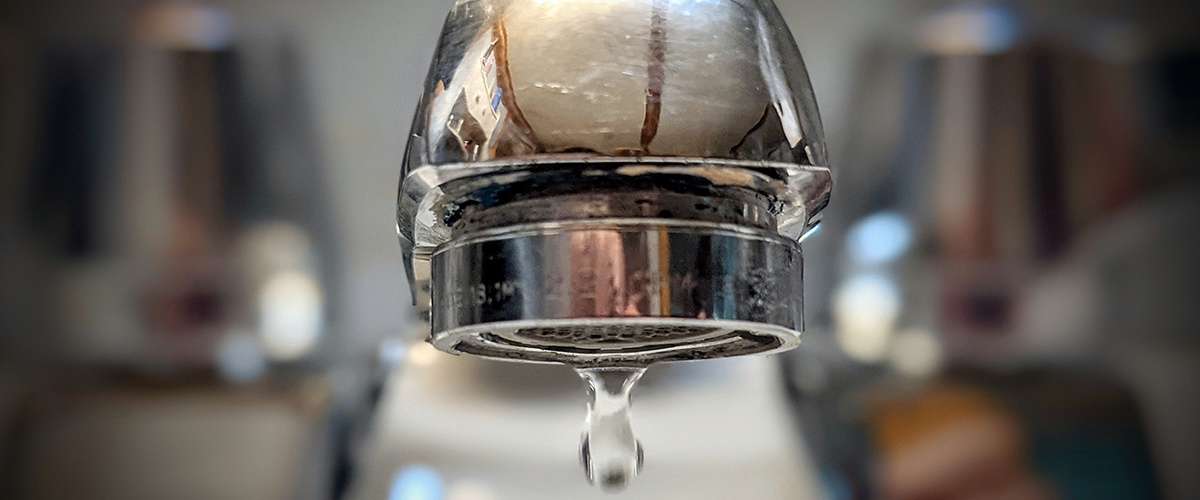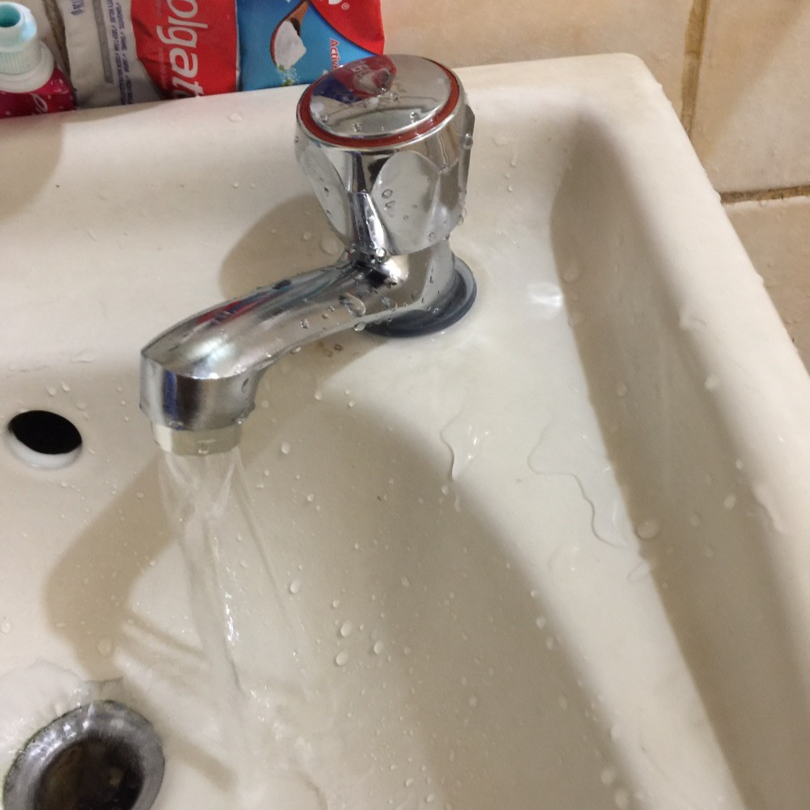Explanations Why It's Crucial to Rectify a Dripping Faucet
Explanations Why It's Crucial to Rectify a Dripping Faucet
Blog Article
We've stumbled on this post involving Why Is It Important To Fix Your Leaking Tap/Faucet? listed below on the web and felt it made good sense to talk about it with you over here.

Dripping faucets could look like a small inconvenience, but their influence goes beyond just the nuisance of the noise. From drainage to incurring unneeded monetary prices and health and wellness dangers, ignoring a trickling faucet can bring about various consequences. In this write-up, we'll look into why it's essential to address this typical household problem quickly and properly.
Wastage of Water
Ecological Effect
Dripping faucets contribute substantially to water wastefulness. According to the Epa (EPA), a solitary tap leaking at one drip per secondly can squander more than 3,000 gallons of water each year. This not just pressures water sources yet additionally affects communities and wild animals dependent on them.
Step-by-Step Guide to Repairing a Dripping Tap
Devices Called for
Before attempting to repair a trickling faucet, collect the essential devices, consisting of an adjustable wrench, screwdrivers, replacement parts (such as washers or cartridges), and plumber's tape.
Typical Faucet Issues and Their Solutions
Recognize the sort of faucet and the certain concern triggering the drip. Usual troubles consist of worn-out washers, corroded shutoff seats, or malfunctioning O-rings. Refer to maker directions or online tutorials for detailed support on repairs.
Financial Costs
Increased Water Expenses
Beyond the environmental influence, trickling faucets can inflate water bills significantly. The gathered wastefulness with time translates into higher energy expenditures, which could have been stayed clear of with prompt repairs.
Prospective Home Damages
Moreover, extended trickling can lead to damage to components and surface areas surrounding the tap. Water build-up can cause staining, corrosion, and also structural issues if left ignored, resulting in added fixing prices.
Health and wellness Problems
Mold and Mildew Growth
The continuous existence of moisture from a dripping faucet creates a suitable setting for mold and mildew and mold development. These fungis not only endanger indoor air quality however also pose health and wellness dangers, especially for individuals with breathing problems or allergic reactions.
Waterborne Diseases
Stationary water in leaking taps can come to be a breeding ground for germs and other microorganisms, increasing the risk of waterborne illness. Contaminants such as Legionella microorganisms thrive in stagnant water, potentially leading to major diseases when ingested or breathed in.
Do it yourself vs. Specialist Repair work
Benefits and drawbacks of DIY Fixing
While some might attempt to repair a dripping tap themselves, do it yourself fixings feature their own set of obstacles. Without appropriate understanding and tools, DIY efforts can worsen the problem or bring about insufficient repair services, lengthening the issue.
Benefits of Working With a Professional Plumber
Working with an expert plumber guarantees that the underlying root cause of the trickling faucet is dealt with effectively. Plumbers have the experience and tools to identify and repair tap concerns efficiently, saving time and lessening the threat of further damage.
Ecological Duty
Individual Contribution to Conservation
Taking obligation for fixing leaking faucets straightens with wider initiatives toward water preservation and ecological sustainability. Every person's activities jointly make a substantial influence on maintaining valuable resources.
Lasting Living Practices
By focusing on punctual repair services and embracing water-saving practices, people add to lasting living practices that benefit both present and future generations.
Safety nets
Normal Upkeep Tips
To stop trickling taps, perform regular upkeep such as cleansing aerators, checking for leaks, and replacing worn-out parts without delay. Additionally, consider mounting water-saving tools or updating to extra efficient components.
Importance of Prompt Fixes
Resolving leaking faucets as quickly as they're discovered avoids more water waste and prospective damages, ultimately conserving both water and money over time.
Influence On Home Worth
Perception of Well-Maintained Property
Maintaining a property in good condition, including attending to maintenance issues like leaking taps, boosts its viewed value and value among prospective purchasers or tenants.
Impact on Resale Worth
Properties with well-maintained plumbing fixtures, consisting of taps, command higher resale values in the property market. Attending to leaking faucets can contribute to a positive perception throughout residential or commercial property inspections and settlements.
Conclusion
Resolving a trickling tap surpasses mere convenience; it's an essential step towards preserving water, decreasing financial prices, and guarding health and wellness and residential or commercial property. Whether via DIY repair services or specialist assistance, acting to deal with leaking faucets is a little yet impactful method to promote liable stewardship of sources and contribute to a much healthier, extra lasting future.
How to Fix a Leaky Faucet: Step-by-Step Repair Guide
A leaky faucet may seem like a simple annoyance, but if it's not fixed promptly, that leak could cost hundreds to potentially thousands. From water damage to mold, mildew, and high water bills, even a tiny leak can be catastrophic if left unattended. Damage like this can even affect the overall value of your home, so it's important to take the right approach for leaky faucet repair. You may need the help of a plumber in some cases, but we've got a few tips you can try on how to fix a leaky faucet before calling the pros.
Four Faucet Types
When you're learning how to fix a leaky faucet, the first step is knowing what kind of faucet you're working with! There are four common types.
Cartridge Faucets
Cartridge faucets come in one- or two-handled varieties. In one-handled cartridge faucets, hot and cold water combines in a single cartridge. In the two-handled versions, hot and cold water are controlled separately and mixed in the faucet.
Ball Faucets
Ball faucets have a single lever you push up and down to adjust the pressure and rotate to change the temperature. A slotted metal ball controls the amount of water allowed into the spout.
Compression Washer Faucets
They're the oldest type of faucet, but they're still used in many homes — especially older ones. Compression faucets have two separate handles that, when turned, raise or lower the washer that seals a water valve. This valve stops water from flowing through the faucet when it is turned off.
Disc Faucets
Disc faucets rarely need to be repaired due to their maintenance-free design. The water flow is controlled by two discs — the upper one raises and lowers against a fixed lower disc, creating a watertight seal. If your disc faucet starts leaking, you may need to replace the seals or clean residue buildup from the inlets.
Fixing a Leaky Faucet
Step 1: Turn Off the Water
Whether you're learning how to fix a leaky bathtub faucet or how to fix a leaky kitchen faucet, always turn off the water supply to your working area when you're fixing a leak. The last thing you want is a flood added to your list of things to fix.
Look for the shutoff valves below your sink or around the tub and turn them clockwise to stop the water flow. If your faucet doesn't have shutoff valves, you may need to turn off the water for the whole house. Check to make sure it's off by turning the faucet on. If nothing comes out, you're ready to start the repair.
Step 2: Take Apart the Faucet
How you disassemble your faucet depends on the type of fixture you have. You can use a flathead screwdriver to remove the caps on top of the handle or handles for cartridge and compression faucets. Inside, you should see handle screws. Unscrew these with a screwdriver to remove the handle.
Disc- and ball-style faucets will typically have an inlet screw near the handle, and removing that will reveal the interior of the faucet.
Detach the Valve Stem
For cartridge- and compression-style faucets, you'll see the inner valve stem or cartridge once you remove the faucet handles. If you have a compression faucet, unscrew the brass valve stem. If you have a cartridge faucet, pull out the cartridge. If your cartridge has been in place for a while, it may require some tools or extra force to remove it due to mineral deposits.
Examine and Replace Parts
Once you've removed the parts, check them out to confirm what needs to be replaced. You may see corroded rubber washers, O-rings, stems, or cartridges. On a ball-style faucet, check the seats and springs for damage.
If you need to repair a leaky disc faucet, check the inlet and seals on the lower disc.
Once you determine what parts must be replaced, visit your local hardware store. Bring the damaged parts with you to ensure you can purchase the correct components to replace them.
Clean Valves and Faucet Cavity
If you've removed a stem or cartridge, you may notice mineral buildup in the faucet's threads. Use white vinegar to clean the valve seat by soaking it for a few minutes, then scrub it away with a soft toothbrush and rinse with warm water. You can also clean the interior of the faucet in the same way.
Reassemble the Faucet
Once your faucet is cleaned and the required parts have been replaced, it's time to reassemble it. Put the pieces back together and slowly turn the water supply back on. Doing this slowly is crucial because too much initial water pressure can damage the new hardware you've just installed.
https://homewarranty.firstam.com/blog/how-to-fix-leaky-faucet

I came across that post about Why Is It Important To Fix Your Leaking Tap/Faucet? while doing a lookup on the web. Be sure to take the time to share this entry if you appreciated it. Many thanks for going through it.
Report this page